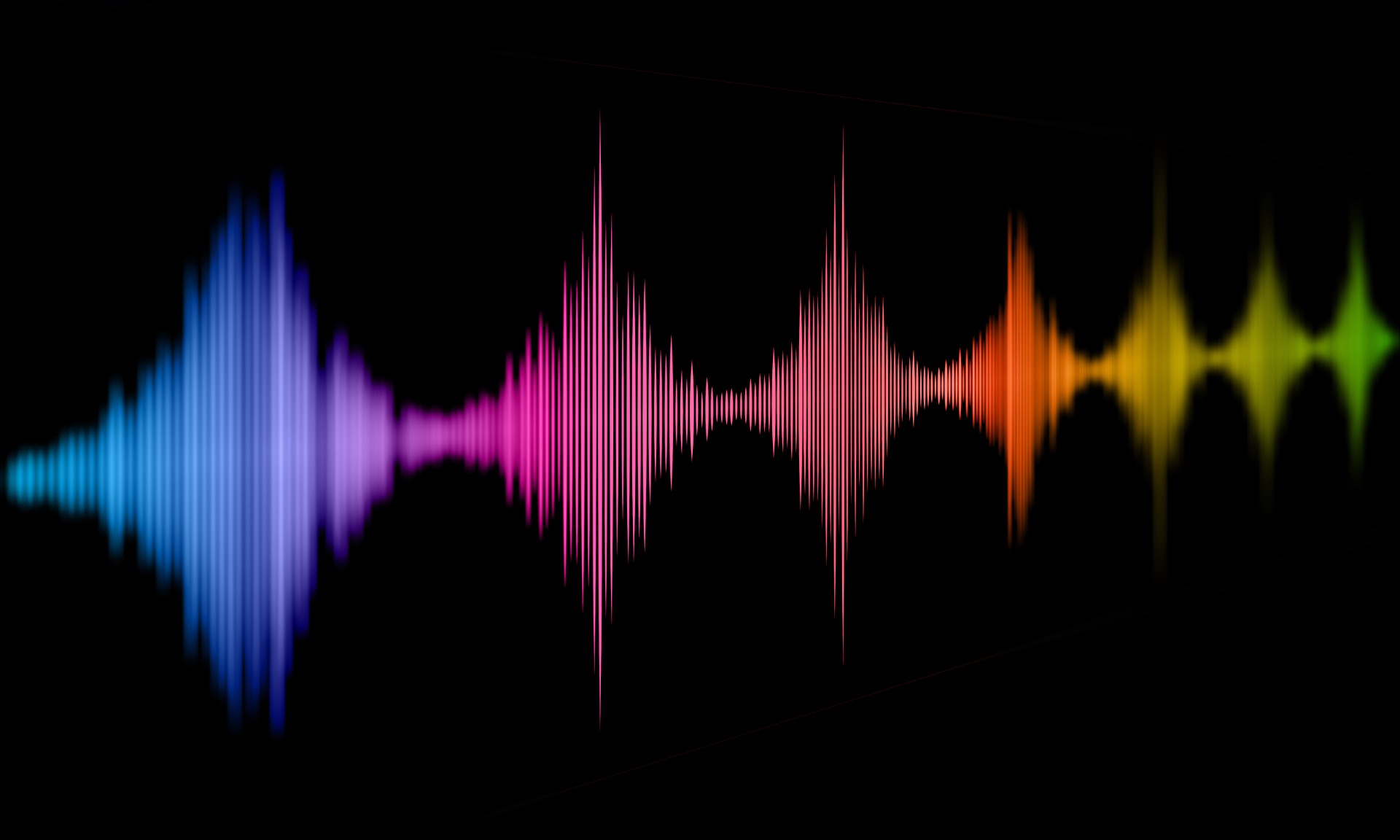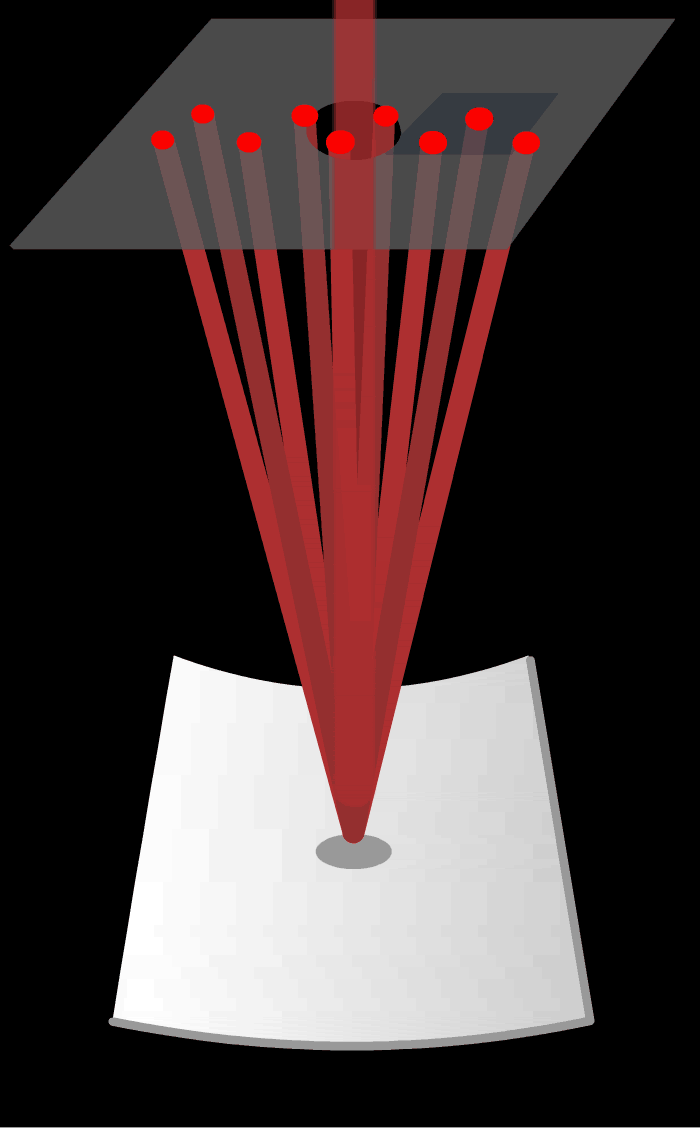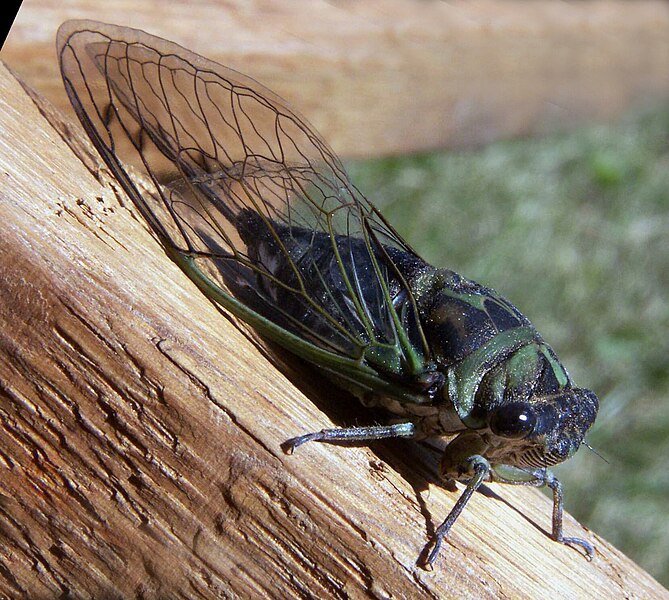Low Cost Laser Vibrometer
What is the Laser Vibrometer?
Recording substrate-transmitted vibratory signals in animals has been difficult and hindered by the lack of reliable measuring devices. In the past, various equipment has been used to record substrate-transmitted vibratory signals, such as bamboo membrane and microphone, microphone, and gramophone pickup. Such devices are hard to operate, prone to noise and tend to distort measurements because of their mass. A Laser Vibrometer is a device that utilizes a laser beam to make non-contact vibration measurements of a surface. The laser beam is directed at the surface of interest (e.g., a plant leaf, social insect nest, a surface where an insect stands, etc) and the vibration amplitude and frequency are extracted from the modulation of the laser beam due to the motion of the surface. Laser Doppler Vibrometer is the most common type of laser vibrometer being used these days to measure substrate-borne vibration. However, the Doppler Laser Vibrometer is quite expensive since it utilizes expensive optics.

The Speckle Laser Vibrometer
In our Laser Vibrometer a red laser pointer beam gets reflected by a retro-reflective foil, the reflected light generates interference speckle patterns on surfaces around the laser beam, hence called “The Speckle Laser Vibrometer”. At ~1m from the reflector, the speckles are spaced 1- 3 mm. If the reflector is vibrated, the speckle pattern moves “fiercely”. The concomitant modulation of the illuminance of a photodiode is used to detect the movements of the speckles and hence the vibration generated by animal or any other factor.
The Speckle Laser Vibrometer enables a precise measurement and characterization of substrate-transmitted vibratory signals similar to the Doppler Laser Vibrometer.
In contrast to the Laser Doppler Vibrometer, the Speckle Laser Vibrometer is far less expensive because it does not utilize expensive optics to detect the reflected laser beam, rather our Laser Vibrometer uses inexpensive retro-reflective foil to send back the laser beam to the device where it is detected by a photodiode. A Comparison of the Speckle Laser Vibrometer and the Doppler Laser Vibrometer is provided in the Table below.

Field of Application
Animal Communication, vibratory signal plays an important part in communication in almost all species; Laser Vibrometry can be used to measure such vibration in great detail. For example, many insects communicate using substrate born signals. Some insect sounds are quite loud, such as the singing of the cicada, while others are ultrasonic and can’t be heard. Some insects are so small that their songs are transmitted mainly through plant tissues rather than air. Researchers can use the Laser Vibrometer to record this unheard acoustic communication signal. Characterization of such signals will enable a better understanding of the ecology and evolution of a given species. In some circumstances, once an acoustic signal has been characterized it can be used for management of unwanted organisms, e.g. disruption of communication.
In addition to biological research, the Speckle Laser Vibrometer can be used to measure all sorts of vibrations in various surfaces and substrates.There are so many possible applications of the Speckle Laser Vibrometer that will be hard to list here. Please use the form below to give us some details about your setup and requirements.

Comparison of Speckle Laser Vibrometer vs. Doppler Laser Vibrometer
| PARAMETER | SPECKLE VIBROMETER | DOPPLER VIBROMETER |
|---|---|---|
| DETECTION | Displacement (any direction) Tilt (any direction) |
Speed of device under test parallel to laser beam |
| SENSITIVITY | <1 μm | λ/s |
| BANDWIDTH OR SPEED RANGE | 0 to 20 kHz | nm/s to m/s |
| SPECIMEN PREPARATION | Attachment of Retro reflector | none |
| BEAM Ø | 1 mm, up to 1 m linear beam (with cylinder lens) | Down to ~1 λ |
| OPERATING DISTANCE | 300 to 2000 mm | μm to 100 m, depending on device type layout |
| FURTHER USES | Light curtain (with cylinder lens) | none |










